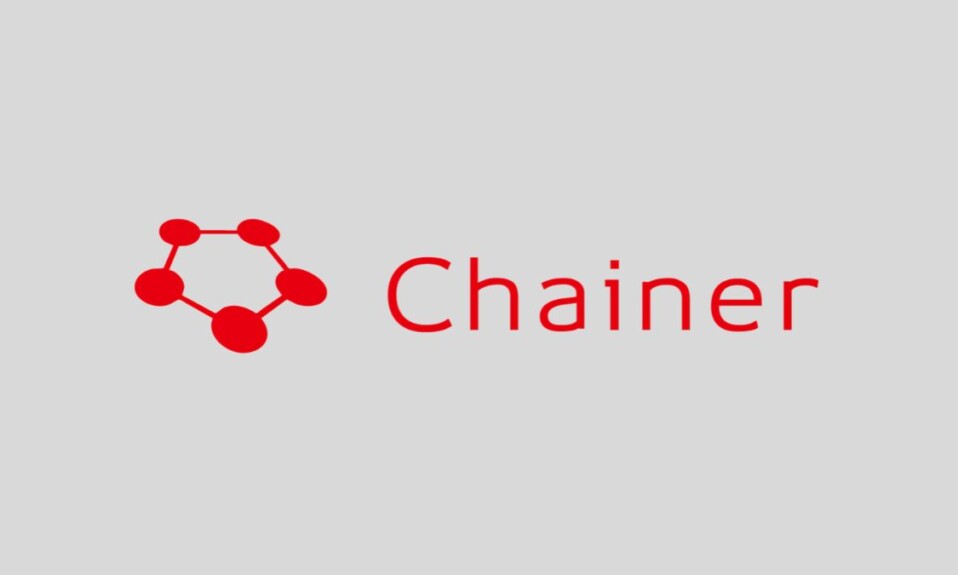
Today, we are here to discuss Natural Language Processing (NLP), which is the ability of computers to understand human speech. Through NLP, human speech is converted into computer languages like Java and Ruby.
With Natural Language Processing, the computer breaks down human voices according to accents. This is also the core technology of artificial intelligence. Tools like translation software, chatbots, spam filters, and voice assistance use this. Here, we will cover every detail you need to know about NLP. So, let’s start.
What is Natural Language Processing?
Let’s begin with the definition. Natural Language Processing (NLP) is a field of artificial intelligence that focuses on the computer’s ability to understand human speech, including its accent. NLP plays a crucial role in artificial intelligence and is grounded in machine learning.
Machine learning, a specific type of AI, analyzes patterns in data to enhance speech understanding. NLP combines the strengths of linguistics and computer science in this process.
This involves studying the rules and structure of language, and computer software then translates this knowledge into machine learning algorithms. These rule-based algorithms are capable of solving specific problems.
How does Natural Language Processing Work?
Natural Language Processing uses text vectorization to transform text into a format understandable by machines. Subsequently, it aids in training the machine to establish associations between input and output. Following this, the machine utilizes statistical analysis methods, creating its own “knowledge bank.”
Sentiment analysis is also a task within Natural Language Processing. In this context, NLP trains machine learning models to classify texts. The machines classify texts based on the polarity of opinions.
Uses of Natural Language Processing
Natural Language Processing, being a part of artificial intelligence, has various applications that we will discuss.
1. Sentence Segmentation, Part-of-Speech Tagging, and Parsing
Breaking down a sentence for comprehension is a task efficiently performed by NLP. Understanding the grammatical construction of a sentence is also crucial in this process.
2. Deep Analytics
Deep analytics involves applying data processing techniques to extract specific information from multi-source datasets. It proves useful in handling complex queries with disorganized data. Industries such as finance, science, pharmaceuticals, and biochemistry, as well as organizations and companies, utilize deep analysis for business data mining.
3. Machine Translation
NLP excels in machine translation, which involves translating one human language into another. Translation is a crucial aspect of communication, and NLP breaks down sentences, translates words, and reforms sentences to present them in the translated form.
4. Named Entity Extraction
Named entity extraction (NEE) is crucial in differentiating one item from a set of others, aiding in data mining. NEE defines a targeted set by identifying specific attributes, such as first and last names, ages, addresses, phone numbers, and email addresses. It is also known as named entity recognition.
5. Co-reference Resolution
In a chunk of text, certain words refer to something, and the computer needs to identify and treat them. Co-reference resolution helps identify words in the text that refer to the same object, even if they are expressed separately.
6. Automatic Summarization
NLP is essential for automatic summarization, where the computer produces a readable summary from a large chunk of text. The summary should contain the basic information and ideas present in the text. For example, it can create a summary of an article while maintaining the essential details.
7. Creating Chatbots
NLP is instrumental in creating chatbots, which act as assistants in customer handling. Chatbots collect and understand customer queries, providing suitable answers.
These are the main working areas of Natural Language Processing. Now, let’s explore the specific advantages of NLP.
Advantages of Natural Language Processing
There are some amazing benefits of NLP, it can automate most tasks.
1. Automated Summarization
Companies are using NLP to improve the efficiency of documentation, enhance accuracy, and identify the most prominent parts from a large chunk of text, summarizing the given content. This process also saves manual effort and eliminates errors.
2. More Data Extraction Means More Understanding
By using NLP, enterprises gain a better understanding of their customers, including their habits, preferences, and tendencies. Companies can leverage this data to enhance their products and services.
3. Fill The Communication Gap
When customers communicate with the helpdesk, they often make mistakes. It is the responsibility of business owners to fill those gaps, and Natural Language Processing can assist in handling this task.
Everyday Examples of Natural Language Processing
So, let’s discuss some real-life examples of NLP.
- Email Filters: These are some of the most common and basic uses of NLP. They help businesses send emails to their accurate receivers.
- Virtual Help: A common example is Apple’s Siri and Amazon’s Alexa. Virtual assistants use NLP techniques to understand and process voice requests.
- Predictive Text: When you start typing something on a smartphone, you will get some texting suggestions. Predictive text, autocorrect, and autocomplete—all these are examples of NLP.
Conclusion
We hope that you have gained some insights into Natural Language Processing. With advancing technology, NLP is becoming more accessible. If you want to get into this, today is the moment.









